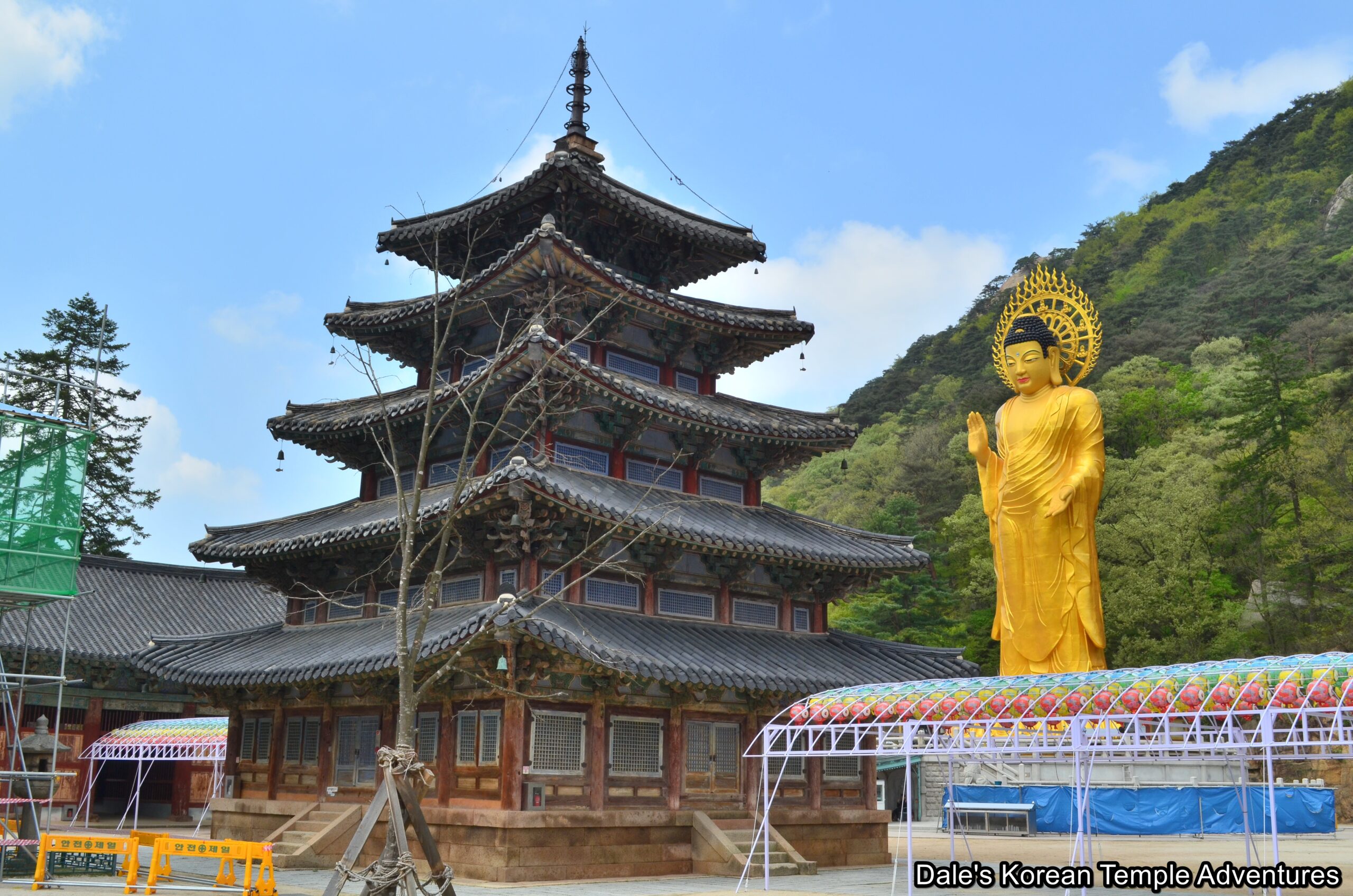
Hello Again Everyone!!
Beopjusa Temple is situated in Songnisan National Park to the north-east of Boeun-gun, Chungcheongbuk-do. Beopjusa Temple means, “Dharma Residence Temple,” in English. According to the Dongguk-yeoji-seungnam, or the “Survey of the Geography of Korea,” in English, Beopjusa was first founded in 553 A.D. by the monk Uisin. After traveling to India to learn more about Buddhism, Uisan returned to the Korean peninsula with Indian Buddhist scriptures. Carrying these scriptures on a white donkey, he housed these texts at the temple he was to build: Beopjusa Temple.
According to historical documents, the famed monk Jinpyo (8th century) returned to the Mt. Songnisan area and marked a location where it was an auspicious place to grow plants. Afterwards, he traveled on towards Mt. Geumgangsan (now apart of North Korea). There, he founded a temple and stayed at Baryeonsusa Temple. While staying there, he received disciples that had traveled all the way from Mt. Songnisan like the monks Yeongsim, Yungjong, and Bulta. They came to receive the Dharma from Jinpyo. During their meeting with Jinpyo, Jinpyo was to tell his disciples, “I’ve marked the area where auspicious plants grow on Mt. Songnisan. Build a temple there to save the world according to the doctrines of the Dharma and disseminate them among the future generation.” Obeying Jinpyo, the group of monks returned to Mt. Songnisan and found the place that Jinpyo had marked. There, they built a temple which they were to name Gilsangsa. By 1478, and as recorded in the Dongmunseon (Anthology of Eastern Literature), the temple name was recorded as Songnisa Temple. Later, it would regain its former name of Beopjusa Temple.
At its peak, the temple was home to three thousand monks, some sixty buildings and seventy hermitages. At one point during the early 1100’s, over 30,000 monks gathered at Beopjusa Temple to pray for the dying Uicheon-guksa (1055-1101). Like countless other structures in Korea at that time, Beopjusa Temple was utterly destroyed by the invading Japanese during the Imjin War (1592-98). Three decades later, Beopjusa Temple was rebuilt in 1624. And several of the buildings that currently reside at the temple date back to this year like the famed five-tier wooden pagoda, the Palsang-jeon Hall.
During the waning years of the Joseon Dynasty (1392-1910), in 1851, Prime Minister Gwon Don-in state sponsored a national renovation and restoration of Beopjusa Temple. This project was furthered by King Gojong (King of Korea reign 1863-97; Emperor of Korea reign 1897-1907) in 1906. Then, in 1964, president Park Chung Hee (r.1961-79) financed the construction of the twenty-nine metre tall cement standing statue of Mireuk-bul (The Future Buddha). This was followed up by the efforts of Master Taejeon Geumho in 1974, with the help of government funding, of an all-out repair and restoration of most of the buildings at Beopjusa Temple. And in the early 70’s, the temple had been chosen as a setting for the Bruce Lee movie, “Game of Death.” In fact, the Palsang-jeon Hall had been chosen as a filming location because the five floors of the pagoda were meant to represent the five different martial arts. However, before the film could be completed, Bruce Lee tragically died and Beopjusa Temple was edited out of the final movie. In 1988, the massive bronze statue of Mireuk-bul (The Future Buddha) that stands at thirty-three metres in height replaced the twenty year old cement statue of the same Buddha at the temple.
In total, the temple is home to an amazing three National Treasure, thirteen Korean Treasures, one historic site, and one scenic site.
You first approach Beopjusa Temple up a dirt trail that straddles a meandering stream. As you continue along this tranquil trail, you’ll pass under the stately Iljumun Gate, or “The One Pillar Gate,” in English. A little further along, and you’ll encounter the Liberation Gate. Housed inside are four statues. This gate is reminiscent of the one at Magoksa Temple. Inside are housed two statues of Vajra warriors. To the right is Munsu-bosal (The Bodhisattva of Wisdom) and to the left is Bohyeon-bosal (The Bodhisattva of Power). This gate acts as a reminder that by passing through this gate one passes through the human world and into the Buddhist world where they will hopefully seek and find liberation. Having passed through this gate, you’ll pass through the third and final gate at Beopjusa Temple: the Cheonwangmun Gate. Housed inside this hall are four not so menacing statues of the Four Heavenly Kings.
Finally having cleared the three temple gates, you’ll now enter the main temple courtyard. And straight ahead is the four hundred year old wooden pagoda: the Palsang-jeon Hall. The pagoda is amazingly supported by one massive wooden pole that runs through the centre of the structure. There are four supporting beams that help keep the pagoda erect. On top of the pagoda is a beautiful golden finial. Inside are housed eight murals that portray the life of Seokgamoni-bul (The Historical Buddha) and give the pagoda its name. This collection of murals are known as the Palsang-do (The Eight Scenes from the Buddha’s Life). Also housed inside the historic pagoda are one thousand white miniature Buddha’s and four larger golden Buddha statues that sit at the four directional corners of the pagoda. The Palsang-jeon Hall is National Treasure #55.
To the left of the Palsang-jeon Hall is the massive thirty-three metre tall bronze statue dedicated to Mireuk-bul (The Future Buddha). This statue was dedicated in 1988 to the re-unification of the Korean peninsula and peace throughout the world. Remarkably, inside the bronze statue is hollow. There are 108 stairs that lead up to the head of Mireuk-bul. And at the base of the bronze statue, there’s a prayer hall inside the statue, as well.
In the temple courtyard itself, there are a few interesting pieces of Buddhist artwork. The most interesting is directly behind the Palsang-jeon Hall. Here you’ll find the Twin Lion Stone Lantern. The lantern is presumed to date back to 720 A.D., and it’s one of only a handful with such an original design. This stone lantern is National Treasure #5. The other interesting piece of stone artistry stands in front of the Daeungbo-jeon Hall, which itself is Korean Treasure #915. The stone lantern is adorned in the upper portion with the Four Heavenly Kings. There are also four octagonal windows on the stone lantern. The stone lantern is Korean Treasure #15, and it was built sometime during the 8th century. As for the main hall at Beopjusa Temple, the Daeungbo-jeon Hall, it was rebuilt in 1624 by the monk Byeokam. The main hall is a giant double-roofed building, and it’s the third largest historical temple hall in Korea. The main altar statues are equally massive with the image of Birojana-bul (The Buddha of Cosmic) that sits in the centre of the triad of statues. This clay statue is Korean Treasure # 1360, and it was created in 1626. This statue is joined on either side by Seokgamoni-bul to the right and Amita-bul (The Buddha of the Western Paradise) to the left. The interior is adorned with fading decorative floral designs.
There are an assortment of temple shrine halls that visitors can explore at Beopjusa Temple. One of the more impressive halls is the Wontongbo-jeon Hall. This hall, much like the Daeungbo-jeon Hall and the Palsang-jeon Hall, was built in 1624. Housed inside this hall is a seated gilt wooden statue of Gwanseeum-bosal (The Bodhisattva of Compassion). The statue was first built in 1655. While the hall is Korean Treasure #916, the statue of Gwanseeum-bosal is Korean Treasure #1361. Next to this hall is the Josa-gak Hall, which is dedicated to famous monks that once called Beopjusa Temple home.
Next to the Josa-gak Hall is the unbelievably eerie Myeongbu-jeon Hall. This hall is dedicated to Jijang-bosal (The Bodhisattva of the Afterlife). Surrounding the exterior walls are hellish paintings that grotesquely portray people being judged and punished in the underworld. These murals are among some of the best in Korea. As for the interior, you’ll find Jijang-bosal alongside the Ten Kings of the Underworld. And next to this hall is the Samseong-gak shaman shrine hall. Inside are housed murals of Chilseong (The Seven Stars), Sanshin (The Mountain Spirit), and Dokseong (The Lonely Saint). All are masterfully depicted.
Admission to the temple is 4,000 won for adults. And parking to the temple is 4,000 won, as well.
HOW TO GET THERE: To get to Beopjusa Temple, you’ll first need to get to the Boeun Intercity Bus Terminal. From the terminal, there’s a bus that goes directly to Mt. Songnisan. This bus runs every thirty to forty minutes throughout the day. From where the bus drops you off at the Songnisan stop, you’ll need to walk an additional twenty minutes to the Beopjusa Temple/Mt. Songnisan ticket office.
OVERALL RATING: 10/10. Beopjusa Temple is a temple adventurers dream come true with three National Treasures and a collection of Korean Treasures. Situated in the picturesque Songnisan National Park, there is plenty to see and do at this historic temple. From the Palsang-jeon Hall, to the massive thirty-three metre tall bronze statue of Mireuk-bul, to the equally massive Daeungbo-jeon main hall at Beopjusa Temple, and the stone artwork in the main temple courtyard, there’s more than enough reason to make a day trip or a weekend away from the hustle and bustle of everyday life and visit one of Korea’s top five temples.
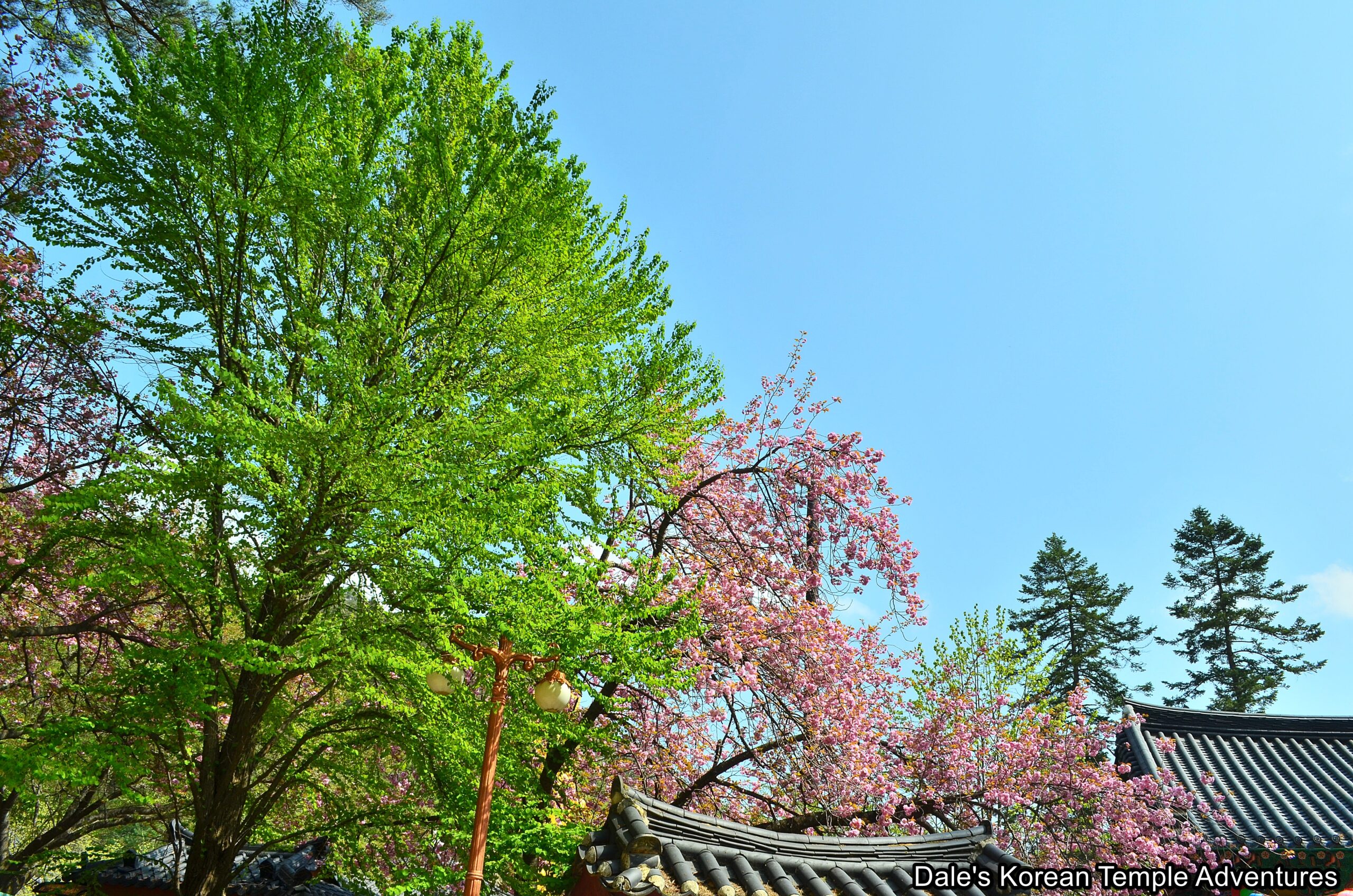
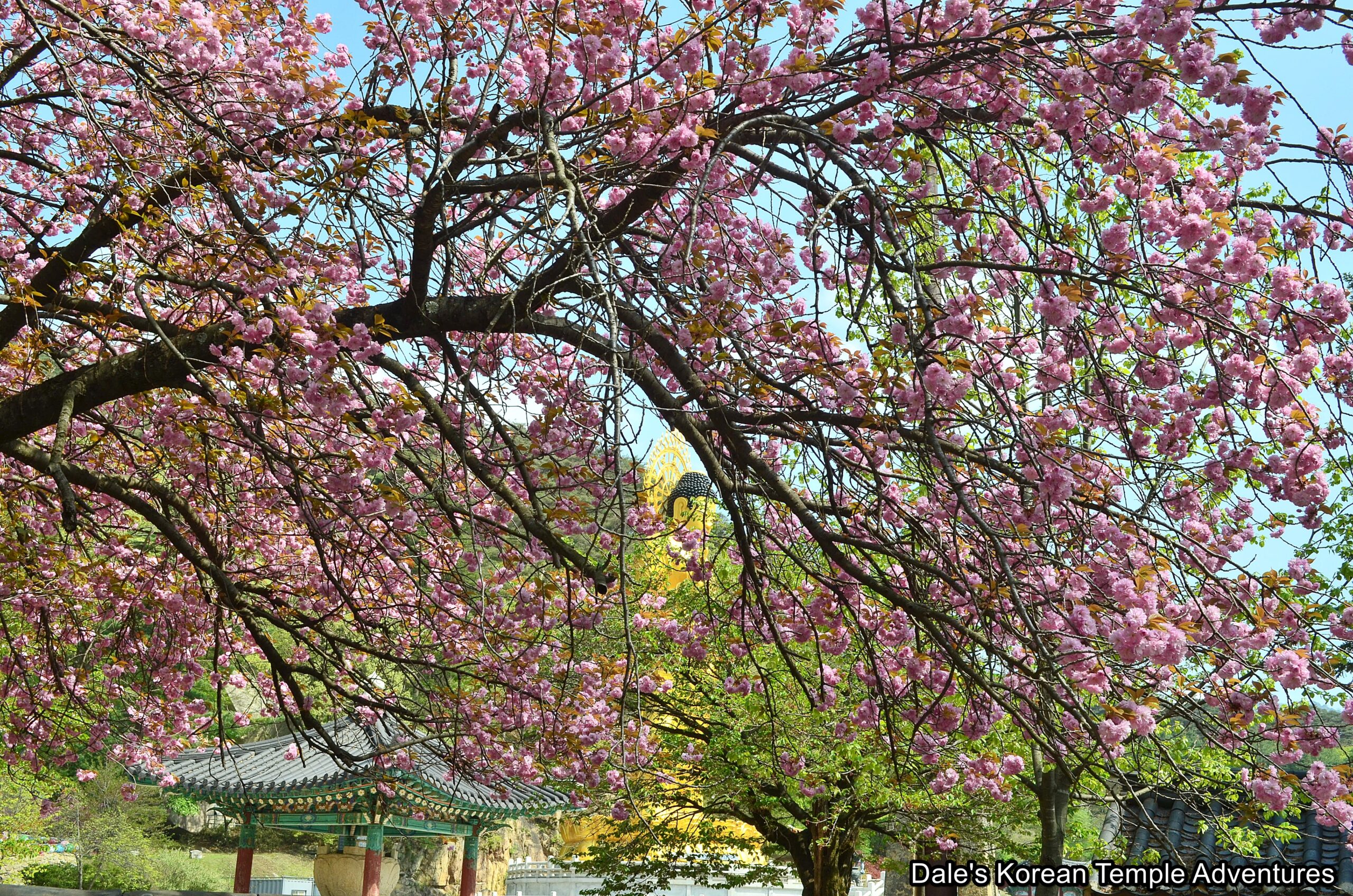

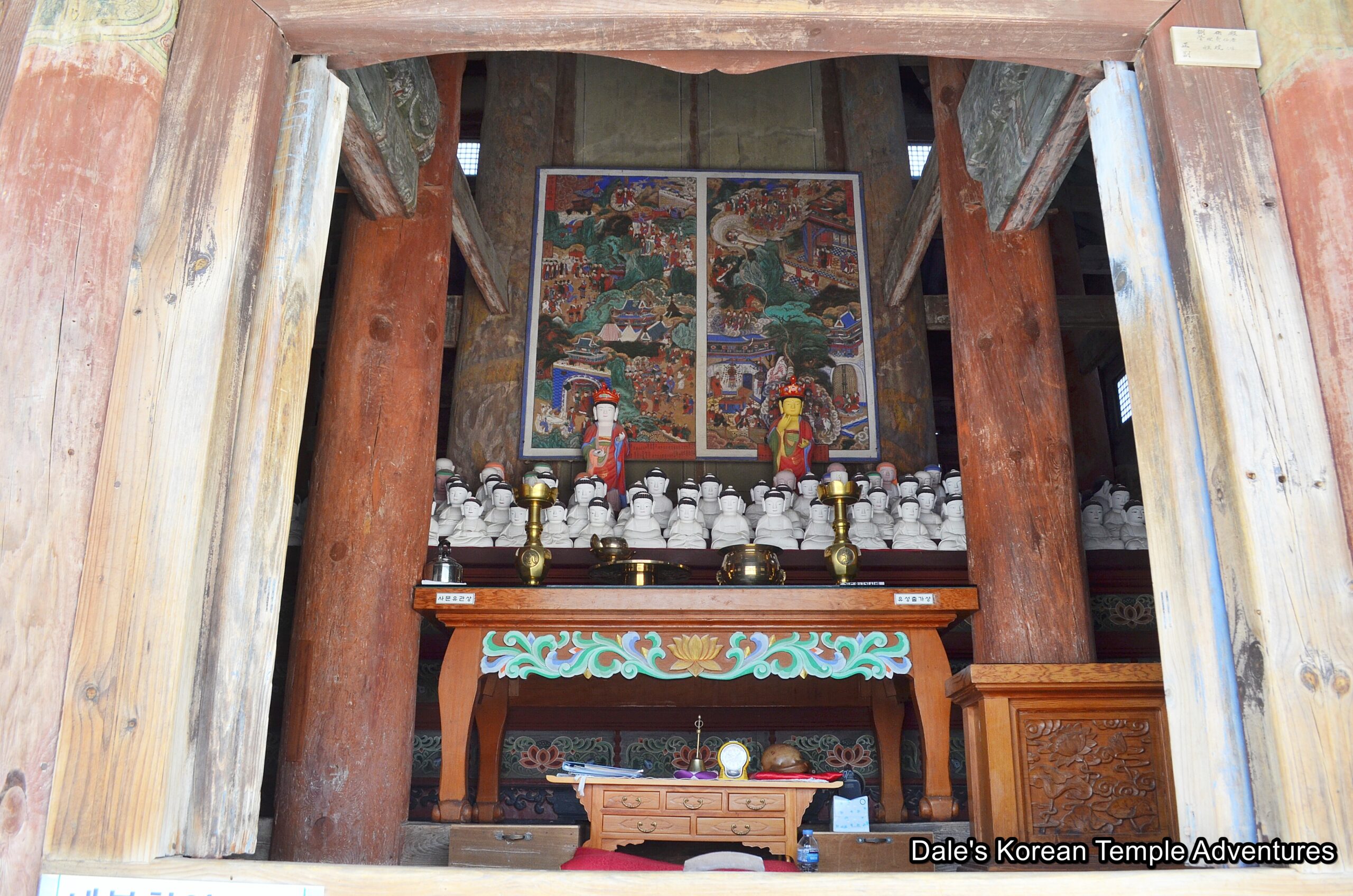
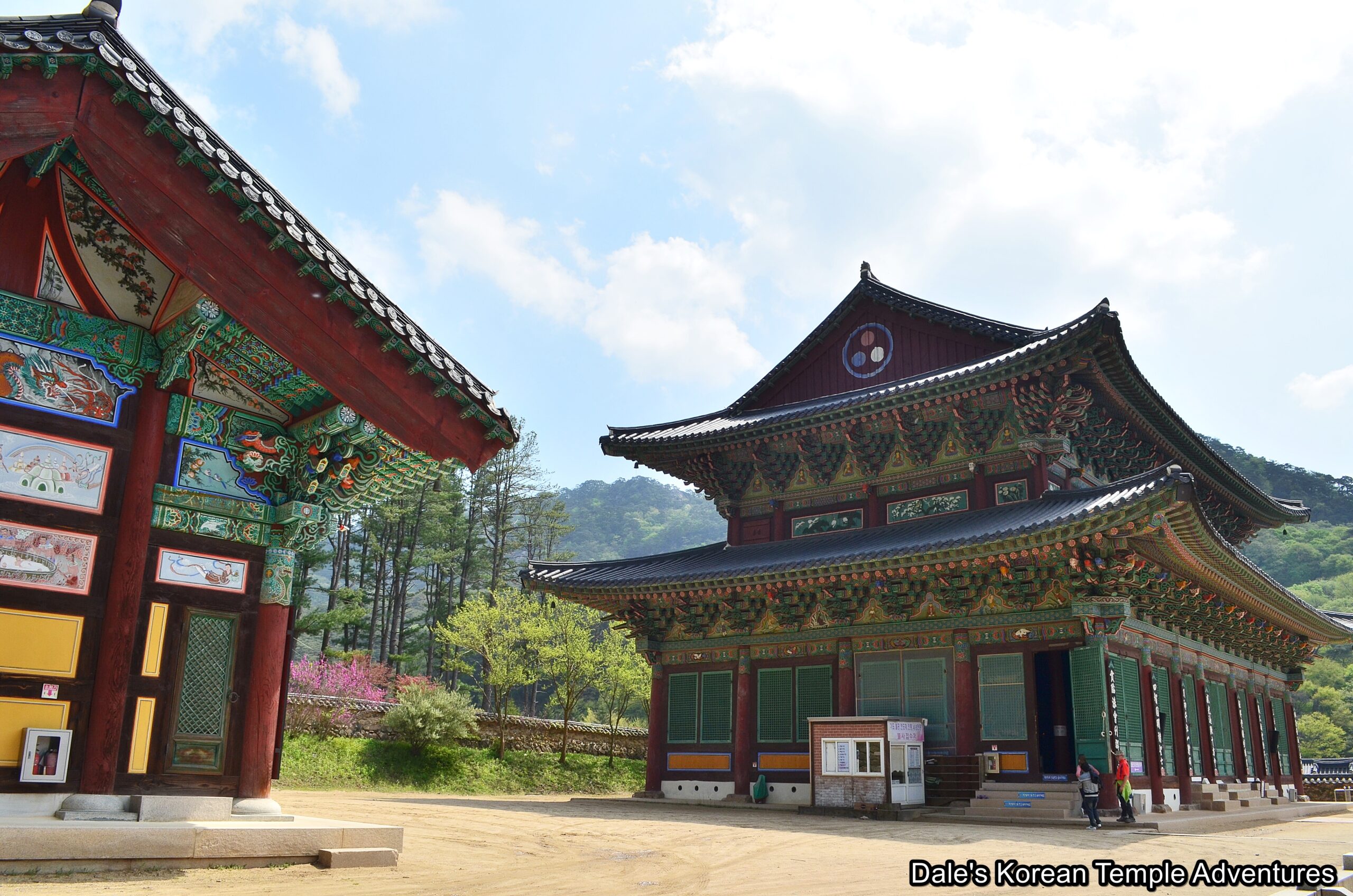
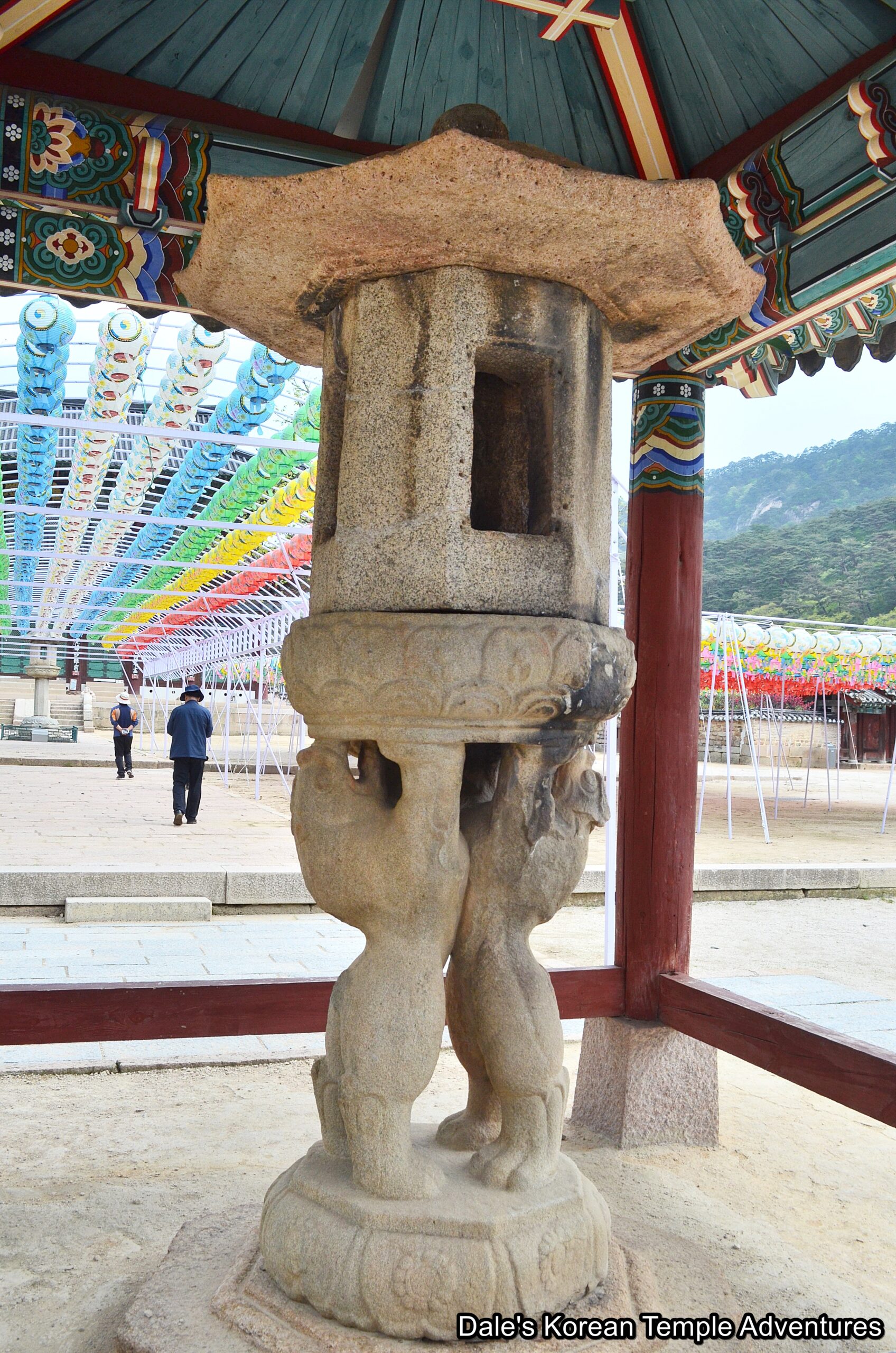
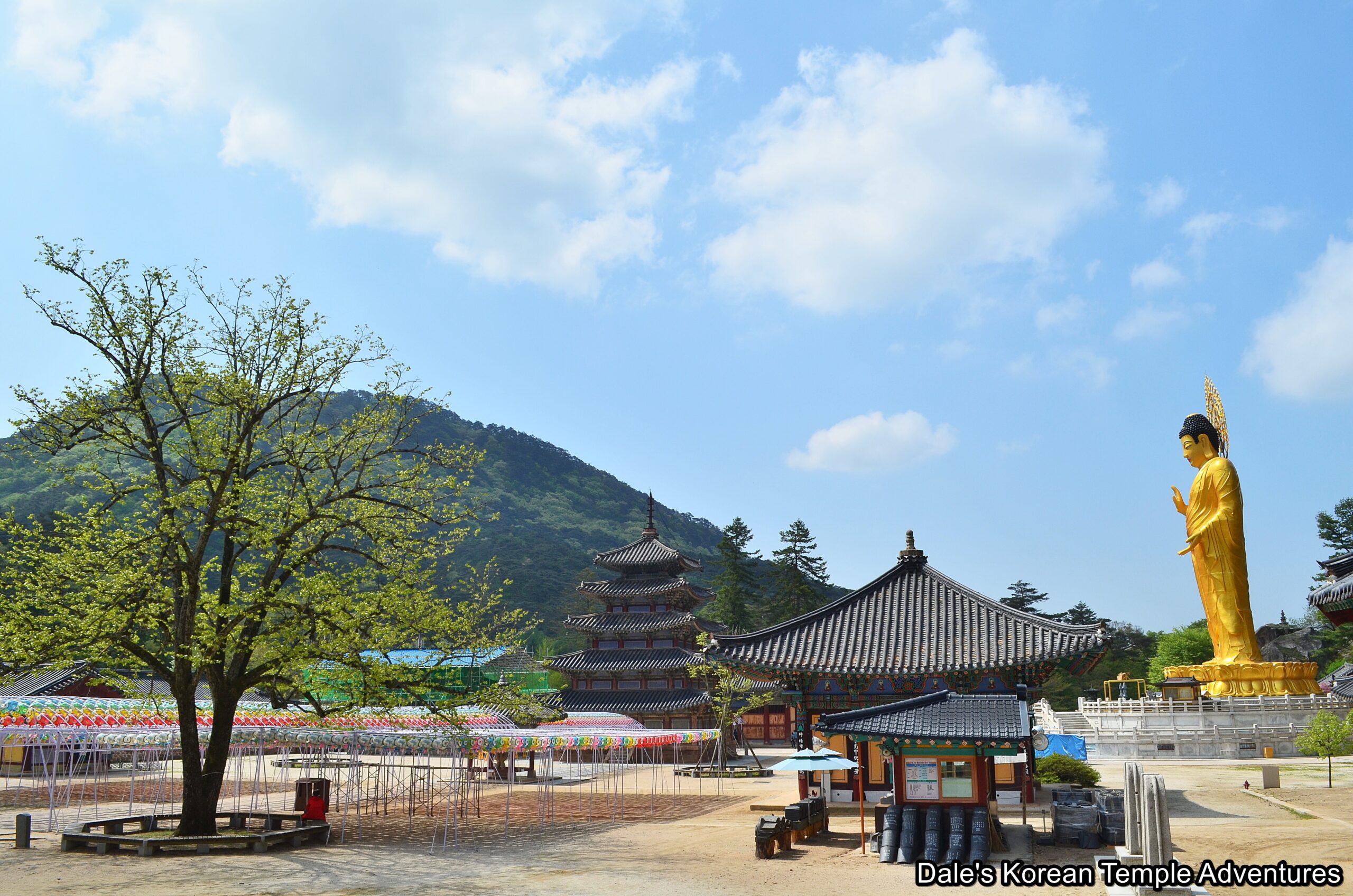


Recent comments